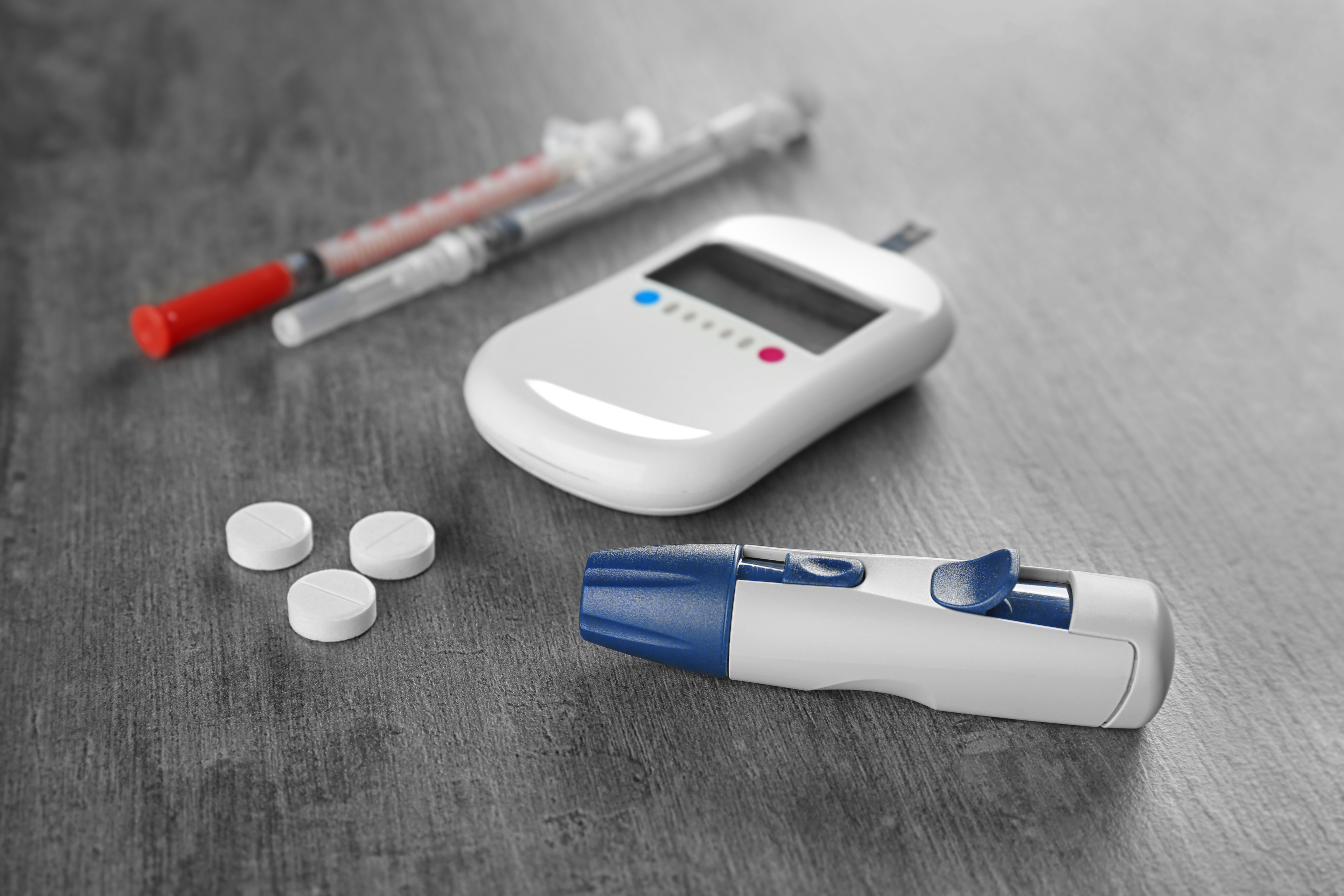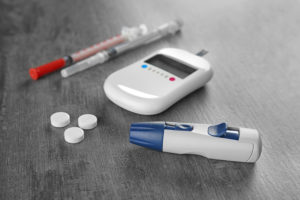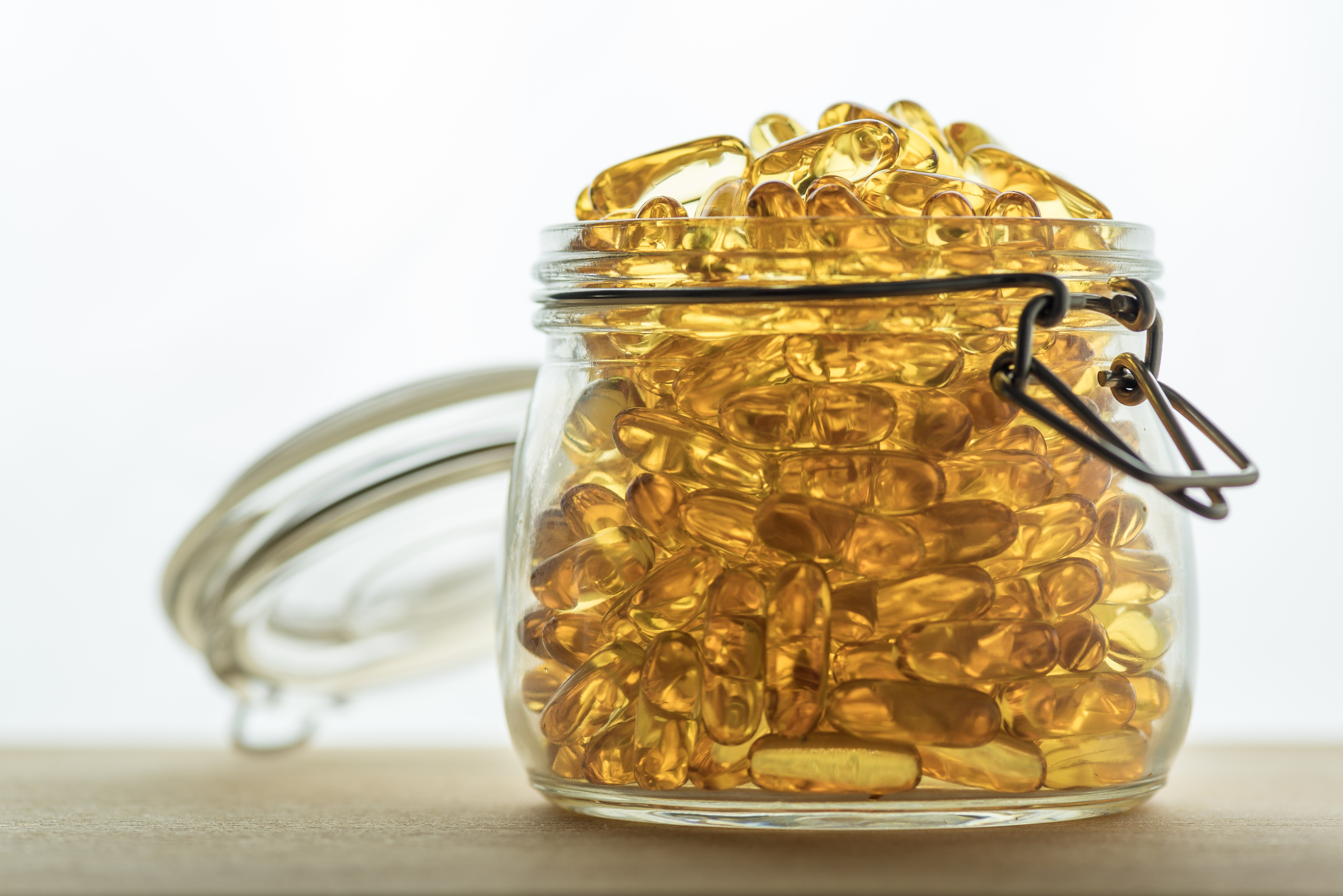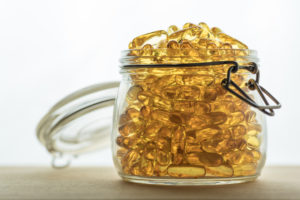
Exercise to Defeat Type 2 Diabetes
One of the best ways to control blood sugar, fight cardiovascular disease and improve general health is regular exercise. But that’s easier said than done in today’s world. Many jobs can now be done from an ergonomic chair, in front of a computer, so exercise can be hard to come by. Furthermore, people are busy working and caring for their families and cannot find the time to exercise. Life just get in the way of exercising.
How Much Exercise Do You Need?
Type 2 Diabetes exercise guidelines is similar to the one recommended to improve your overall health. If you have high blood pressure, high cholesterol or just want to improve your overall health, this means you do not have to do anything different. Experts say that 30 minutes of daily exercise is enough but only about 30% of the population in the United States is getting that minimum. In fact, 25% of the people are not exercising at all. This is an important reason why obesity has become an epidemic in this country. In turn, obesity is a major contributor to the increase in type 2 diabetes. That’s because inactivity increases insulin resistance which, in turn, causes diabetes. However, it’s never too late to start controlling your diabetes and exercise is the perfect place to start. By improving your sensitivity to insulin, you will also lower your risk for heart disease and, as a bonus, lose weight.
What is Type 2 Diabetes?
There is no question that diabetes is on the rise in the United States. In the last 20 years, the number of newly-diagnosed people with diabetes increased by 48%. Most of these cases were Type 2 Diabetes (Adult-Onset). This is the type that generally appears in middle age. The symptoms include increased appetite, thirst and need to urinate. They also include feeling nauseous, edgy and tired, and blurred vision. In addition, there is sometimes a loss of feeling in the feet and hands. Sometimes there is no symptoms until its severe. Many people show up to the Emergency Room after experiencing some of the above symptoms and their blood sugar is already 700mg/dl. This high usually doesn’t happen over night. It similar to gaining weight. It is a gradual process that occurs over years. The cumulative effect of insulin resistance builds up over time. Just like fat, when your body does not use it, it stores.
Not all the causes of Type 2 Diabetes are completely understood yet, but it has been proven that obesity is a major contributing factor. A second related factor is the trend toward sedentary work and an inactive lifestyle away from work. There is no question that this trend is causing diabetes for many people. So it’s time for everyone to start exercising. Exercising allows your muscle to use sugar for energy. Therefore, you wont have excess sugar to store and circulate around your body damaging your blood vessels.
How to Get Started
Whether you are already a diabetic or have just been inactive for a period of time, it is always best to check with your healthcare provider to make sure exercise will be good for you. If you have risks for heart disease, your doctor may want to do a stress test to see what level of exercise will be safe for you. If you have complications from diabetes, you may be restricted from certain exercises. For example, if you have diabetic retinopathy, weightlifting, high-impact aerobics and jogging may not be appropriate for you. This is because there is a risk for more damage to blood vessels and detachment of your retina, which is a very serious complication.
Even if you are currently actively participating in sports or working out regularly, you can still benefit from discussing your proposed routine with your doctor. For example, if you are injecting insulin, you will need to take precautions to keep from having sharp drops in blood sugar when you are working out. Be Sure to start slowly.
If you have Type 2 Diabetes, you will benefit from something as simple as a nice walk around the neighborhood after dinner. If you have not been active, be sure to start slowly and work your way up to more intense activity. Other great ways to exercise are walking the dog, raking leaves, using the stairs instead of the elevator and parking away from the market and walking back. It doesn’t take much to add up to enough exercise. With only 15 or 30 minutes of aerobic exercise daily, blood glucose control will be improved and risk of complications will be lowered. The best all-around exercise is walking and it can be done cheaply. Just be sure you have well-fitting, supportive shoes.
You don’t need expensive health club memberships or up-to-date exercise machines to start lowering your blood sugar. As long as you are determined to exercise, you will soon be controlling your blood sugar.
In summary, one of the best ways to manage Type 2 Diabetes is to exercise regularly. All you need is 30mins a day for 5 days per week of aerobic activity. Only 2 days per of strength training is necessary. You should train all your major muscle groups at least once per week. Never train the same muscle group 2 days in a row. As a bonus, one of the biggest benefits is that you will have more energy and start looking forward to exercising.
















